As Sugar & SPACE turns two, we’re celebrating our first ever eating experience – EAT Mondrian as we prepare to launch #EATMondrianAtHome – The Complete Host-It-Yourself Experience Guide. Our first post in the limited series covers the mystical world of blue food.
“Why should art continue to follow nature when every other field has left nature behind?”
— Piet Mondrian
The aesthetics of food are not to be underestimated. Good looking food can enhance our appetite and colour plays a big role in our perception of that. But what if the colour of our food is a bit out of the ordinary and is bright blue? Although blue is known to be the most unappetizing colour and reduces our hunger, blue foods are becoming more and more popular in this modern age of Instagram. Food just has to be visually appealing and extraordinary, right?
What do you think when you swipe beautiful creations of blue food on social media? Does it affect your appetite in any way? Are you curious to try them? Below, we’ll discuss the blue foods of today’s world and how they obtain their blue colour.
Famous blue foods
For the time being, if we think about blue food, we generally think about candy or cocktails. After all, we are more after blue M&Ms, blue raspberry lollipops or a blue curaçao than after a blue steak. If you like to eat more natural, your go-to blue food would be blueberries. They are the most famous of the natural blues. You could also go for the less recognised ones, such as blue corn, purple potatoes, cornflowers or borage (a kind of edible flower). Another natural edible blue that is on the rise and utterly honoured on social media is butterfly pea. The tea made from these flowers is a magical blue that turns pink when lime is squeezed into it. Fun, right?
Cheese lovers can also find their thing within the blues. There are a lot of blue cheeses that are a delight for the taste buds. Who thought mold was only an indicator for spoiled food!

What makes blue food blue
The compounds present in natural food that give plants a blue colour are anthocyanins, also known for their antioxidant effects. These very anthocyanins can give plants a purple or red colour as well, depending on the pH, light, temperature, and structure. That is why most blue natural foods are not purely blue. Adding acid to these blue foods, will likely make them turn purple or even red.
If you would like to get more into the blues of food and make your own blue muffin or cocktail for example, you’ll have to add food colouring into the mix. If you like it natural, you can make your own blue food colouring while using red cabbage. Store-bought colouring will, however, give you a more vibrant result. Eat your Monday blues!
Written by Elise Coudré and edited by Jashan Sippy.
Experience BLUE at EAT Mondrian near you or host-it-yourself with our signature Experience Guides.
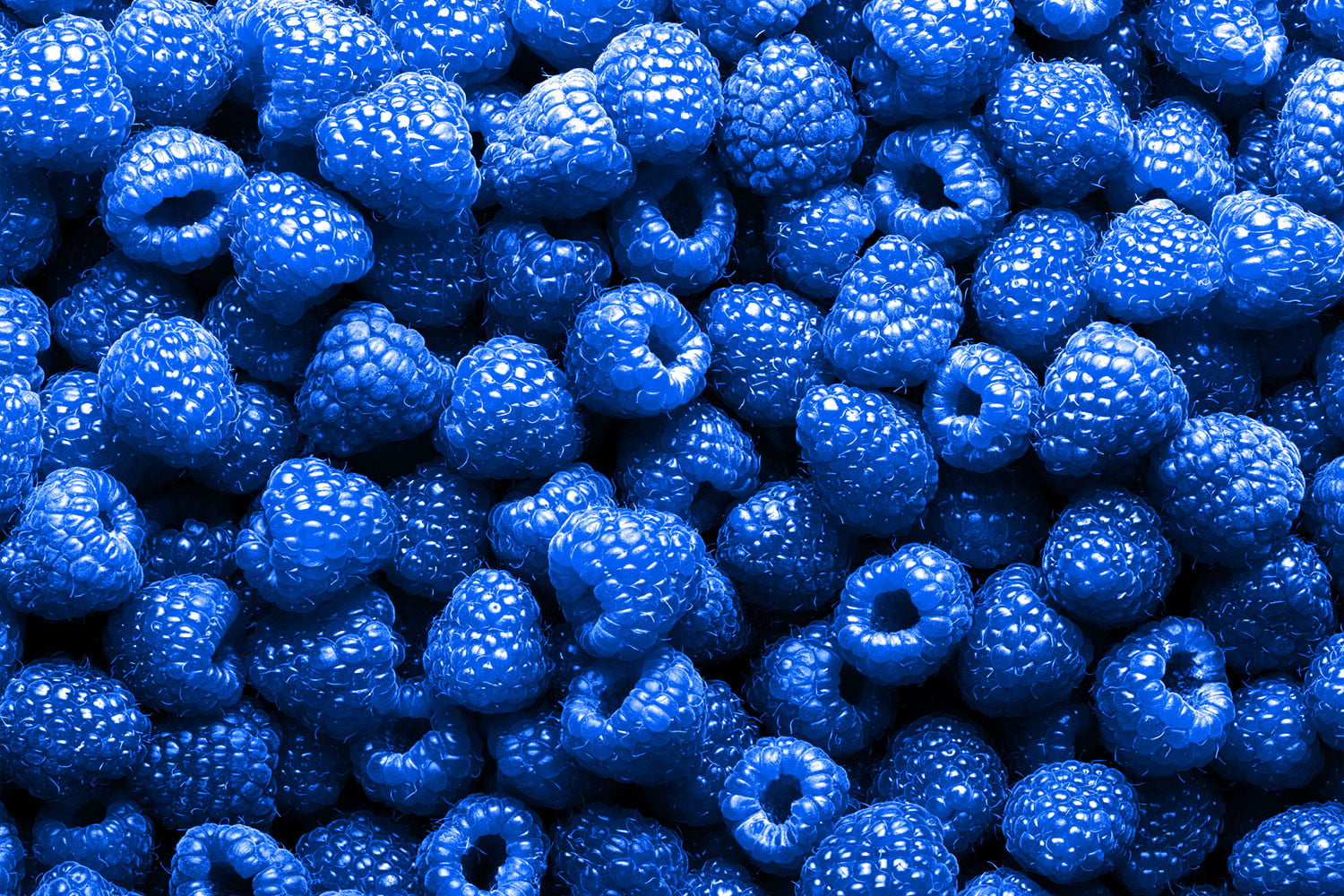
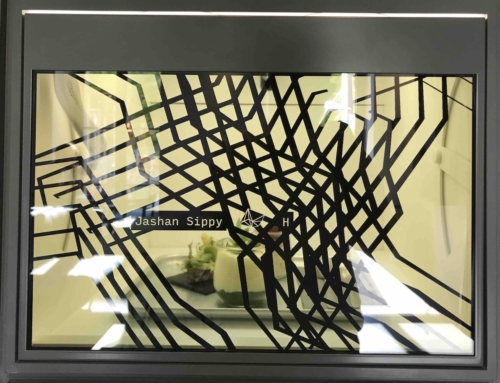
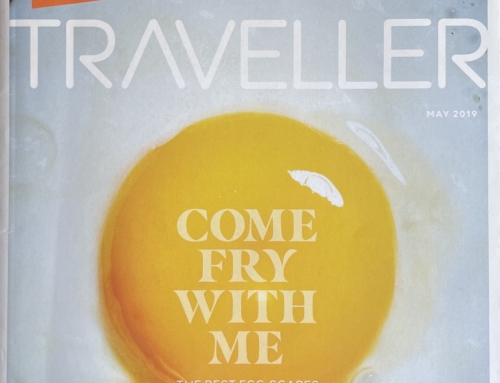
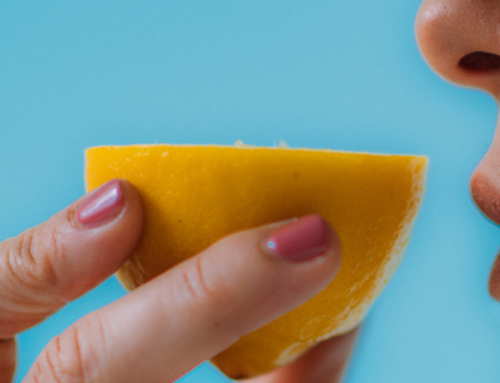
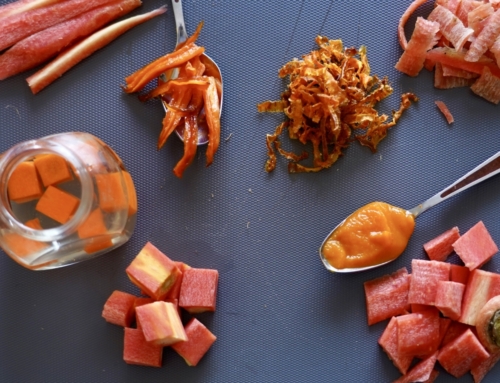

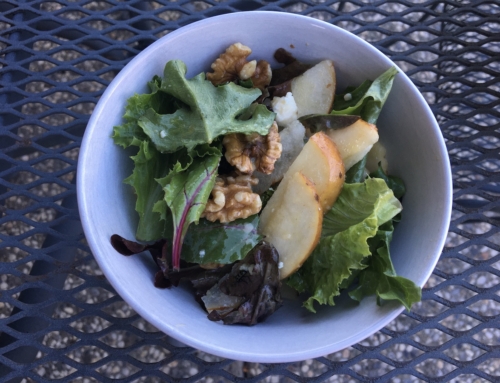
Leave A Comment